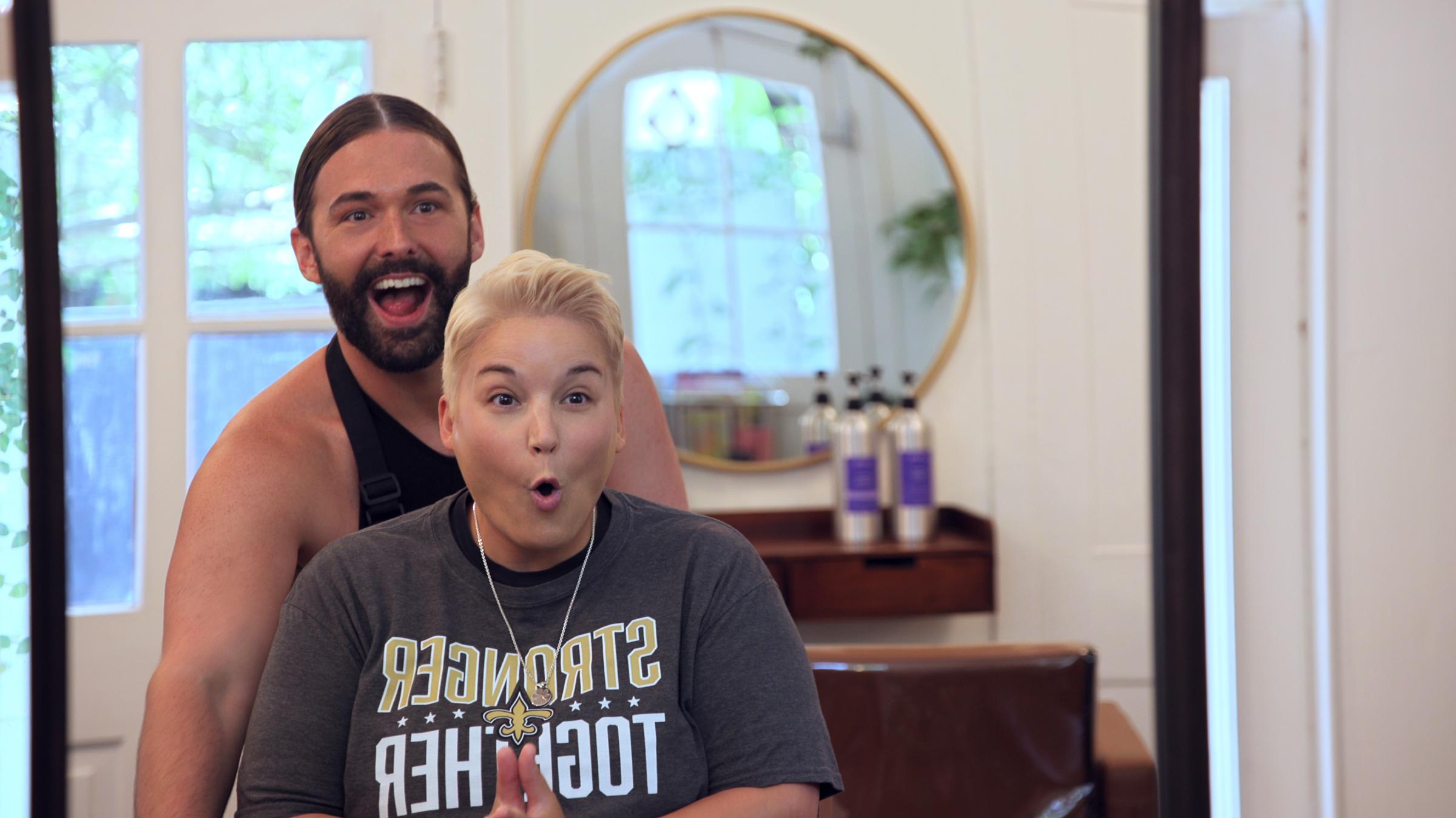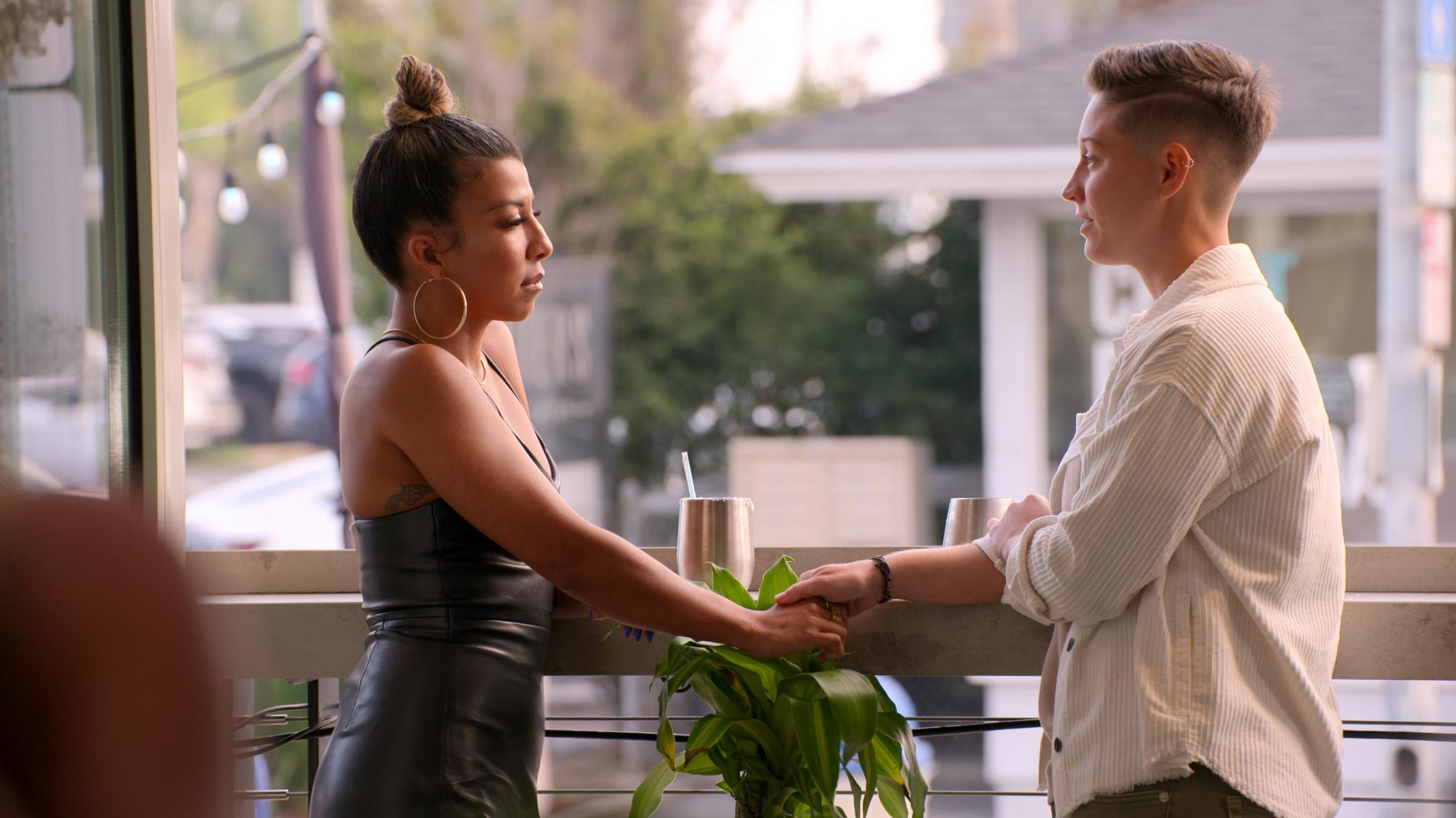
“All things just keep getting better,” proclaims the theme song of groundbreaking reality show Queer Eye, which will celebrate its 20th anniversary in July. For years, that sentiment rang true with regard to the movement for LGBTQ rights. Don’t Ask, Don’t Tell was repealed in 2011. Early same-sex unions on the state and local levels led to nationwide marriage equality in 2015. The trans community gained unprecedented visibility as figures like Laverne Cox, Elliot Page, and Virginia state legislator Danica Roem burst onto the national stage. But the 2020s have been painful for queer and trans Americans. Hearing a New Orleans brass band belt out Queer Eye’s optimistic refrain in the series’ new NOLA-set seventh season, you might ask: All things just keep… doing what now?
More from TIME
Such is the bittersweet experience of watching LGBTQ reality TV in 2023. Yes, it’s heartening to see evidence—carefully choreographed and selectively edited though it is—of people with diverse sexual orientations and gender identities thriving. Yet there’s something surreal about Queer Eye doing cheerful makeovers in a state with a “Don’t Say Gay” bill in the works and RuPaul sending queens down the runway amid a flurry of anti-drag legislation. After decades as the small-screen vanguards of a movement that used pop culture as a soapbox, these shows are scrambling to meet a moment their creators might never have anticipated.
Queer Eye and RuPaul’s Drag Race, two hugely influential series whose origins date back to the reality boom of the aughts, deserve a lot of credit for bringing LGBTQ people and culture into the mainstream. But they were hardly the first shows in their genre to do so. The Real World made Pedro Zamora, a gay AIDS activist who died of the virus in 1994, a secular saint. A generation earlier, An American Family, the PBS documentary that is widely considered to be the first reality series, took viewers into New York’s queer demimonde with the family’s son, Lance Loud. Zamora and Loud had fictional counterparts on TV, but each made a uniquely profound impact at a time when they might’ve been the first real, out gay people many viewers got to know.

While The Real World and An American Family dug deep into who their subjects were, Drag Race and Queer Eye mostly spotlight what their stars do. Titled Queer Eye for the Straight Guy when it premiered on Bravo, the latter series paired hapless heterosexual men with a quintet of gay, male stylists and lifestyle gurus for uplifting makeovers. Despite capturing the zeitgeist in the early 2000s, as contemporaries from Will & Grace to Queer as Folk to The L Word centered queer protagonists, the show was rightly criticized for framing its Fab Five as little more than useful helpers. Netflix’s 2018 Queer Eye revival has avoided falling into the same trap thanks to a new cast, more engagement with who this Fab Five 2.0 are as people, and a broad range of makeover subjects—some of whom are also part of the LGBTQ community.
The series has always been jubilant, and it maintains that tone in season 7, its first in 18 months. But there are also unmistakable nods to our current political moment, from Queer Eye’s very presence in the Deep South to the rainbow-hued frocks that grooming expert Jonathan Van Ness, who came out as non-binary in 2019, wears throughout the season. One emotional episode spotlights Stephanie, a lesbian who channels her butch gender expression into a persona as the ultimate New Orleans sports fan, as a way of making herself more publicly palatable in the wake of a traumatizing experience of homophobia. It’s an acknowledgment that, as empowered as the Fab Five may be, many in the community still experience daily prejudice.
To understand the effect Drag Race has had on pop culture, simply take a look around the reality-TV landscape. In the 14 years since the drag competition debuted on Logo, before moving to bigger platforms including VH1, MTV, and Paramount+, it has spawned not only 11 active international editions (with three more in the works) and several stateside spinoffs, but also a universe of drag-themed streaming entertainment, from HBO’s drag-road-trip series We’re Here to the Discovery+ renovation romp Trixie Motel. This year, the Pride-Month-adjacent week after Memorial Day brings a second season of Queen of the Universe, an international singing competition for drag queens, and the premiere of Hulu’s joyfully anarchic Drag Me to Dinner, which pits drag duos against one another to host the most entertaining dinner party. All of the above titles either star or frequently feature performers who’ve competed in Drag Race.
Current events have, in turn, influenced Drag Race. The franchise has partnered with the ACLU to create a Drag Defense Fund, unveiled during April’s season 15 finale, which also crowned Sasha Colby the show’s second consecutive trans winner. In the show’s eighth all-star season, airing Fridays on Paramount+—and with a wave of bathroom bills and restrictions on gender-affirming care for trans people sweeping conservative states—it also welcomed back Monica Beverly Hillz, who made TV history in 2013 when she came out as a trans woman. The revelation sparked important conversations about the relationship between drag and gender identity. Her return to Drag Race promised to continue them, now that trans people are both more visible and more targeted than they were a decade ago. If only she hadn’t been eliminated in the premiere. Such are the limitations of competition shows.

Maybe it’s surprising that, as some of the most iconic voices in queer voices in TV deliver advocacy, inspiration, and delight to their fiercely loyal audiences, the LGBTQ reality series that feels most timely now is The Ultimatum: Queer Love. Rolling out between May 24 and June 7 on Netflix, this edition gives a Pride-friendly twist to a format that, in last year’s debut season, put straight couples who couldn’t agree on whether to get engaged in “trial marriages” with other cast members in hopes of clarifying what their futures might look like (or, you know, inciting addictive drama). This time around, all of the participants are women or non-binary people.
What distinguishes the show from both Queer Eye and the glut of drag content is that, rather than a platform for minting celebrities, it’s a window into its non-famous subjects’ everyday lives. Couples considering marriage are weighing universal questions, from whether to commit to whether to have kids to whether they even believe in the institution, and the cast of Queer Love is no exception. Though most come off as kind, genuine, and thoughtful about what they want in a partner, as in the original Ultimatum, not everyone here is likable. Yet aspects of their situations should be relatable to anyone who’s ever been in a long-term relationship.
That painstaking performance of relatability is, admittedly, a double-edged sword. As Lindsay Lee Wallace noted in an essay for TIME, the show strives so hard to be universal that it rarely feels specifically queer: “Where are the tumblr-pilled tenderqueers, the ‘u up?’ f-ckboi lesbians, the allegedly enlightened androgynous astrologists, and the bisexual girls still ensnared in the gender expectations of their past relationships with straight, cis men? Where are the poly people and ‘ethical sluts’ who would throw the show’s entire premise into riveting question?”
It probably isn’t a good sign that the most resonant LGBTQ reality show of the season is one that not only echoes the pre-marriage-equality slogan love is love, but also, like The Real World and An American Family, serves in part to underline the humanity of queer people. No one should need such a reminder, and it’s doubtful that many prospective right-wing voters will be watching anyway. But just as there’s value in the performative empowerment of Drag Race and Queer Eye, there is value in zooming in on the quotidian realities of queer love in the time of marriage equality. If the entertainment industry in general seems frustratingly impotent in the face of repressive legislation, at least these shows are a balm for those struggling to survive it.
More Must-Reads from TIME
- Cybersecurity Experts Are Sounding the Alarm on DOGE
- Meet the 2025 Women of the Year
- The Harsh Truth About Disability Inclusion
- Why Do More Young Adults Have Cancer?
- Colman Domingo Leads With Radical Love
- How to Get Better at Doing Things Alone
- Michelle Zauner Stares Down the Darkness
Contact us at letters@time.com